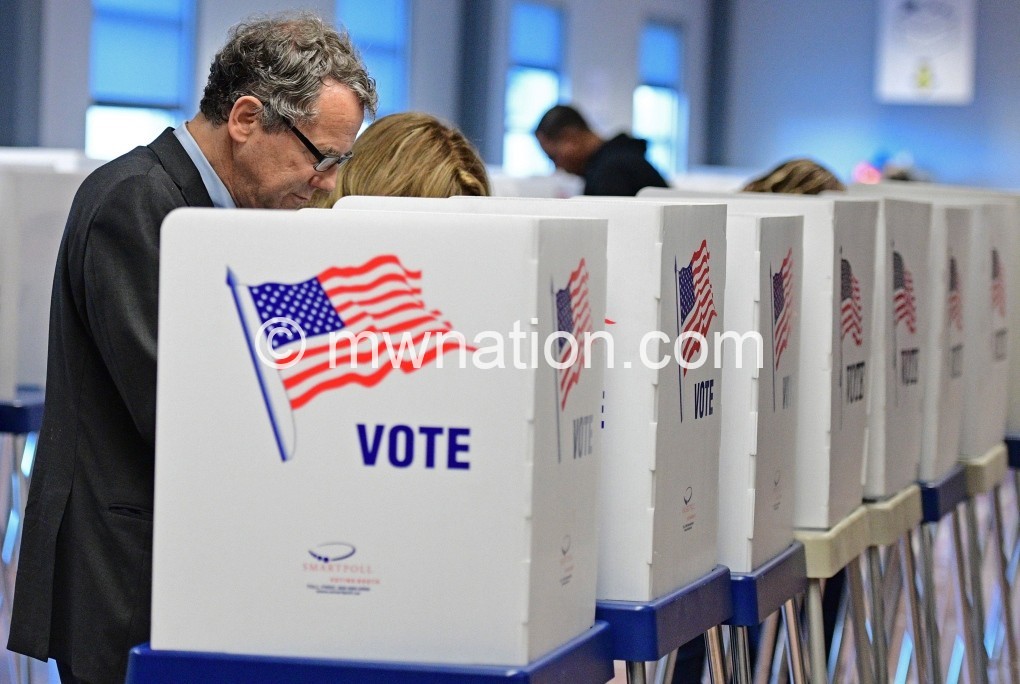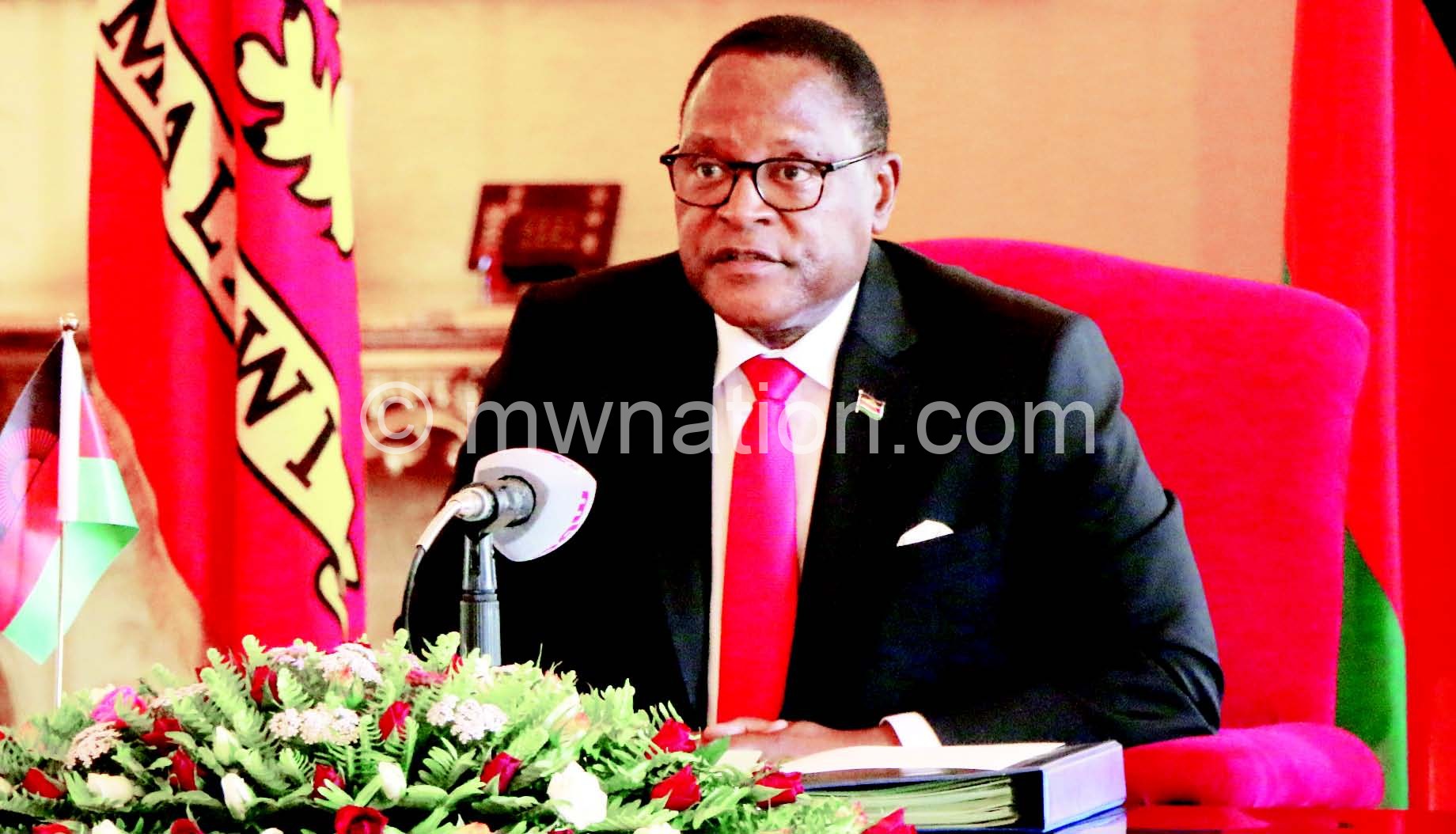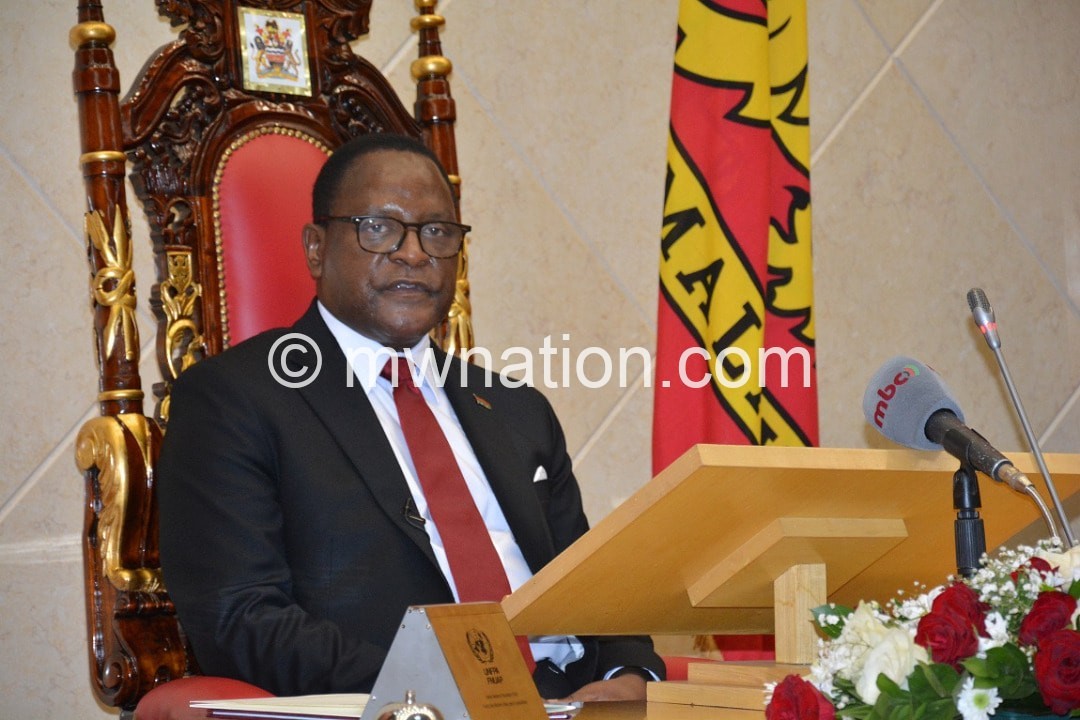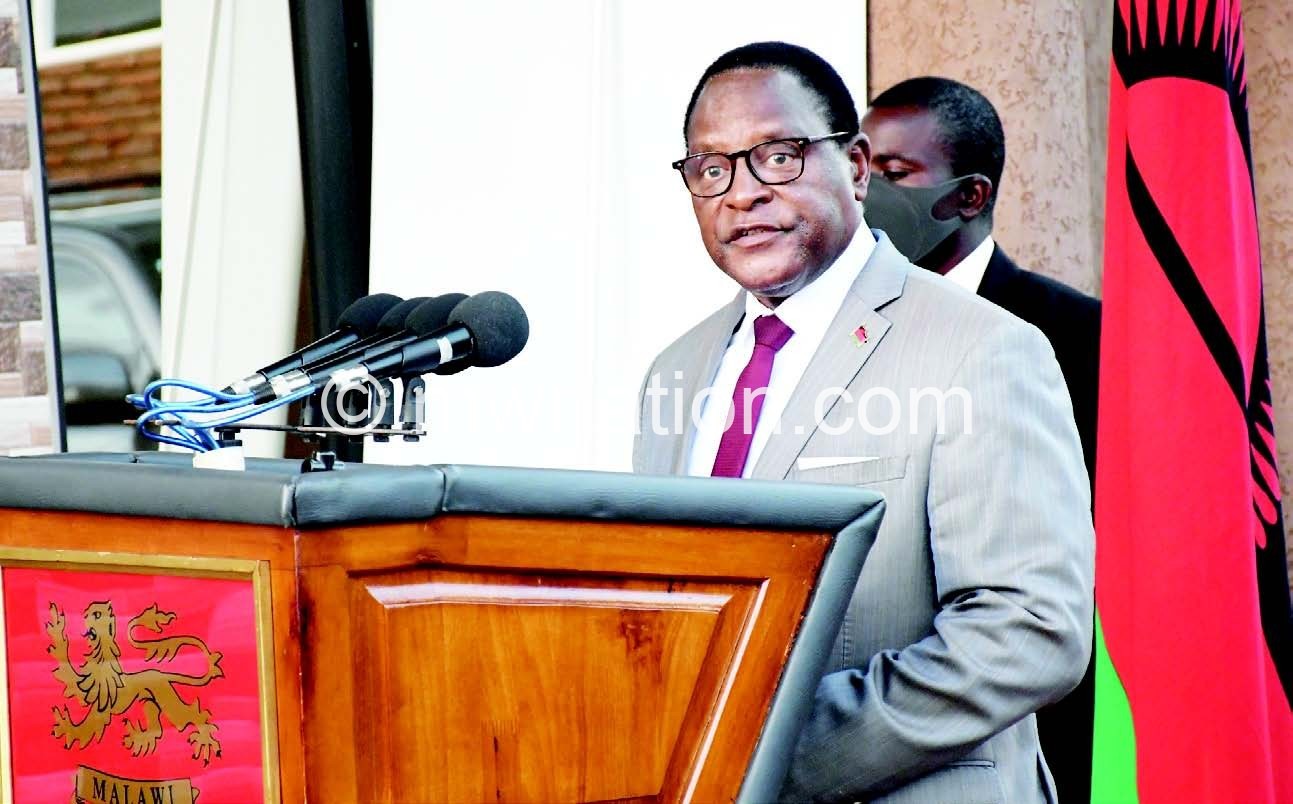Time up for post-election violence
Justice Jane Ansah will not resign. At least that is what we on the streets got from her televised interview on Monday.
Ansah has put her foot down that she won’t quit now when the Constitutional Court has not heard from her as a witness and made a ruling in the on-going consolidated election case.
Perhaps that was also her point to those calling for protests to force her to resign that it will be foolish to stage more protests and, eventually, retreat home to find things the way they were.
We on the streets agree with her view. If she is not resigning now, what will be the point of more protests?
Ladies and gentlemen, the power of a protest is not in a once-off spew of vitriol, stoning some shops, pulling down symbols of difference and burning down properties.
The power of a protest is in the resolve and capacity of protesters to defy the trigger-friendly State machinery from scaring them to a retreat and, in the process, achieving a set goal. The Arab Spring quickly comes to mind.
For a month now, we have witnessed violent political protests in Malawi. The opposition, led by the Malawi Congress Party (MCP), has unleashed a red wave on the streets of Lilongwe, demonstrating their displeasure of the May 21 elections. Well, this could be a result of MCP leader, Lazarus Chakwera’s four-year mantra that for ‘Malawi to rise, Mutharika must fall.’
The protests appear to be gathering momentum and international attention with each passing day. Investors are scared, the kwacha is tumbling and business is suffering.
The disturbance to business at the heart of government’s central office is not a laughing matter. Tear gassing the United States (US) ambassador Virginia Palmer has indeed drawn the global attention, but for what cause?
Yes, protests—even those of five people, can bring down a government as long as they press right buttons but, again, protests must have a clear goal, is’nt it?
Mass protests in 1992 against one-party rule were aimed at bringing multiparty democracy. Between 2002 and 2003, Malawians protested to say no to Bakili Muluzi’s third term bid. Again in 2012, Malawians took to the streets to demand academic freedom. The protests eventually ended Bingu wa Mutharika’s grip on power.
From where I am sitting, the current wave of terror and protests appear to be loosely organised for a goal that is not clear.
If the idea is to send a strong signal to Malawi Electoral Commission (MEC) and express displeasure at how elections were managed then the case, which is in court, fits the billing. At least, from the case we know specifically what MCP and UTM want.
So far, we on the streets have not heard, at least from the civil society organisations (CSOs) their specific demands—apart from calling for Ansah’s head—that the State should make within specific days. This, unfortunately, makes these protests prone to fading in the winds soon.
Perhaps, MCP wants to fight this ‘nullification’ battle on two fronts: on the streets and in the courts. It could be that MCP is using the street protests to create a sense of urgency so that our courts react accordingly.
But is that how we should be dealing with our courts?
Well, Ansah says she will not resign until the election case has been heard, so what will be the point of more protests or violence.
Word on the streets is that MCP and UTM should deal with MEC in court. Leave our streets, time is up for violence. n





